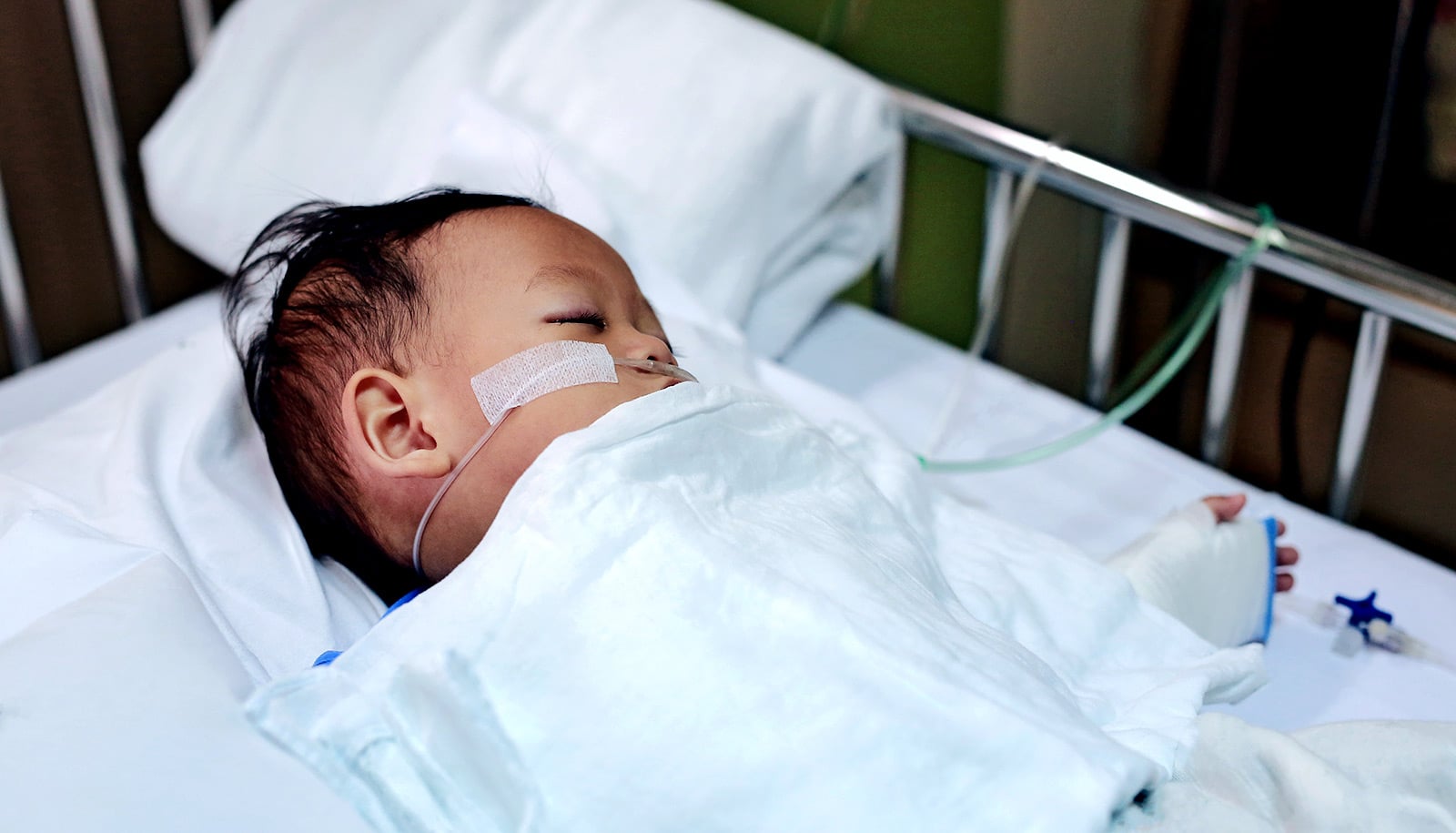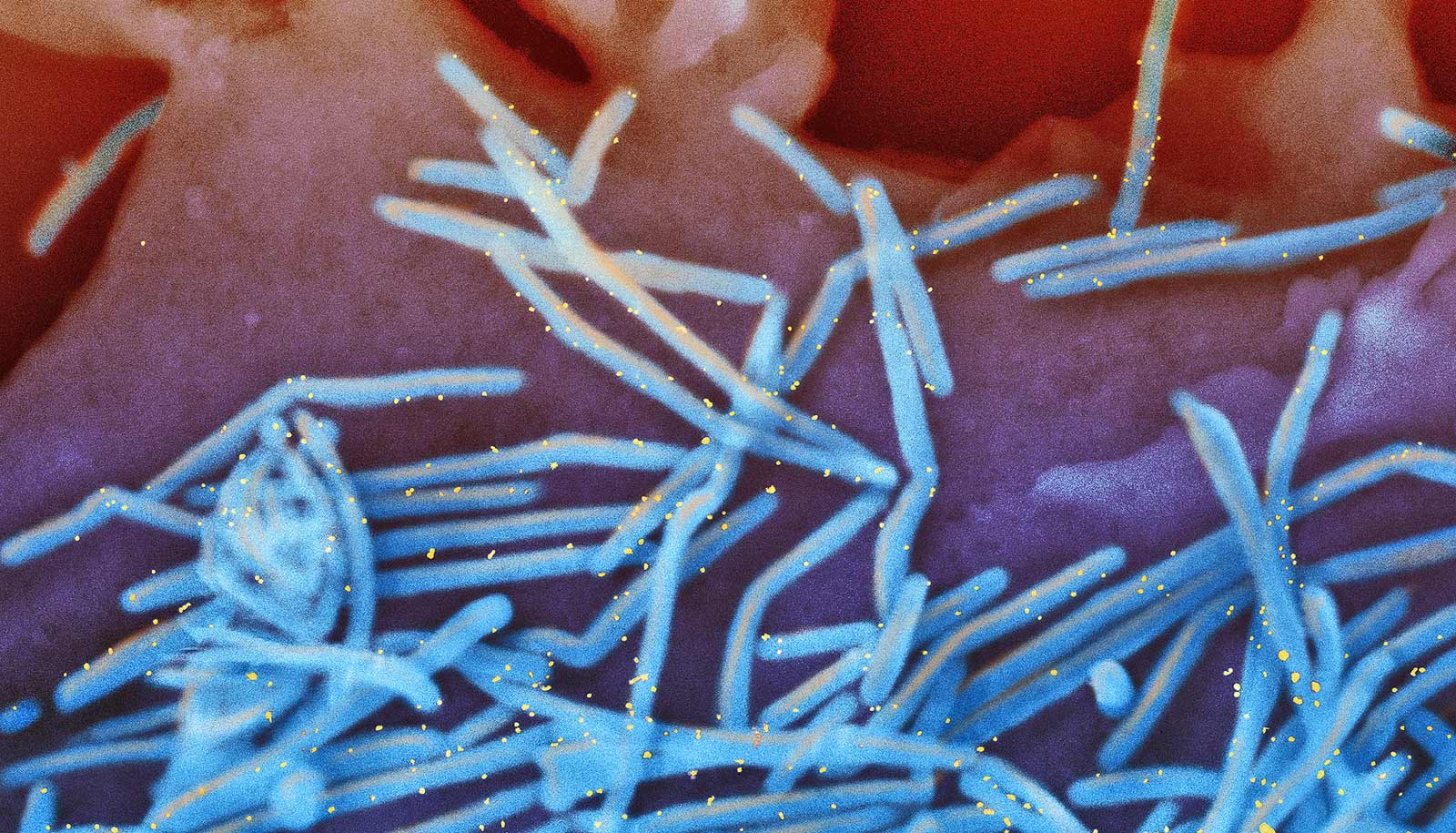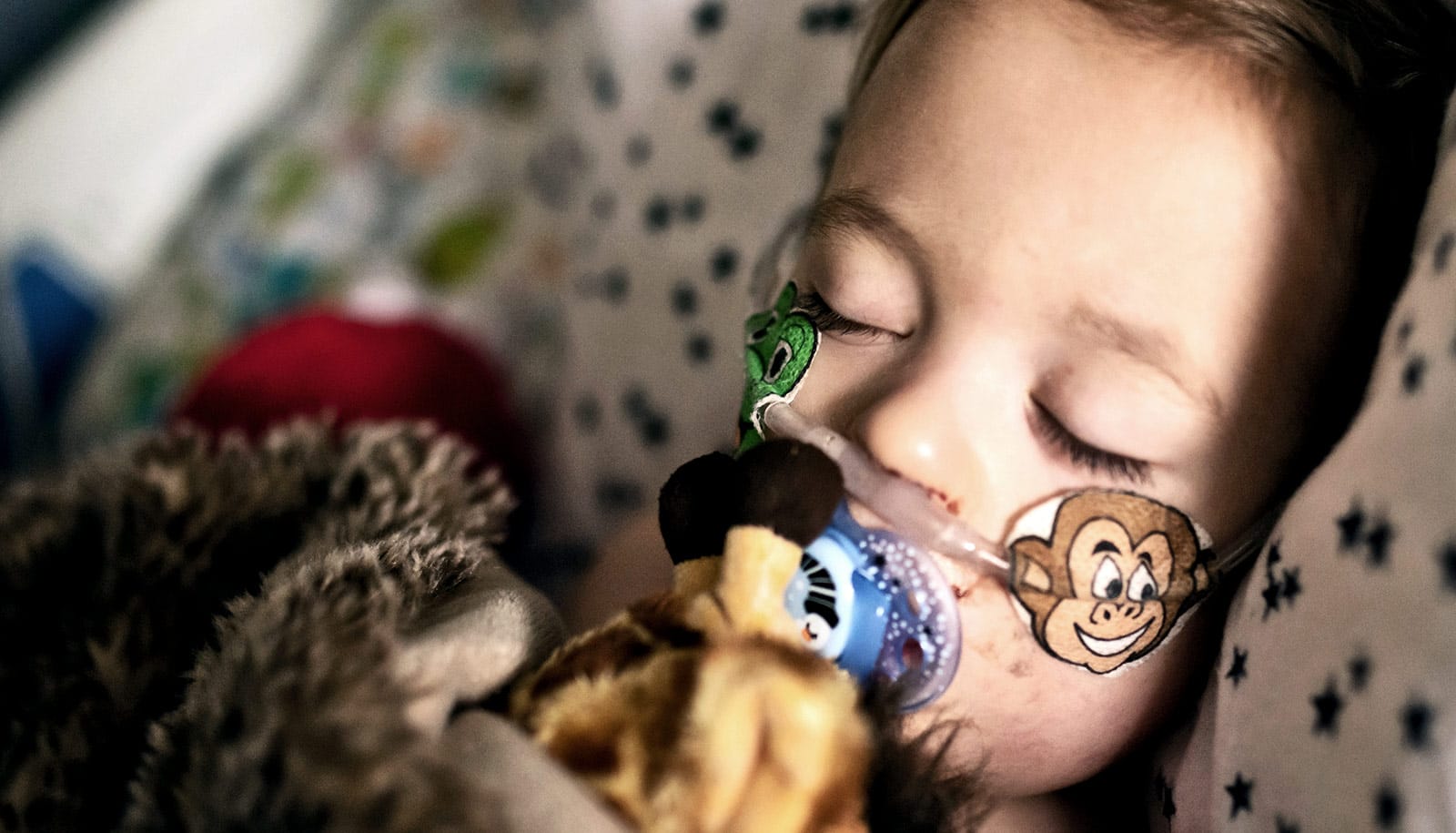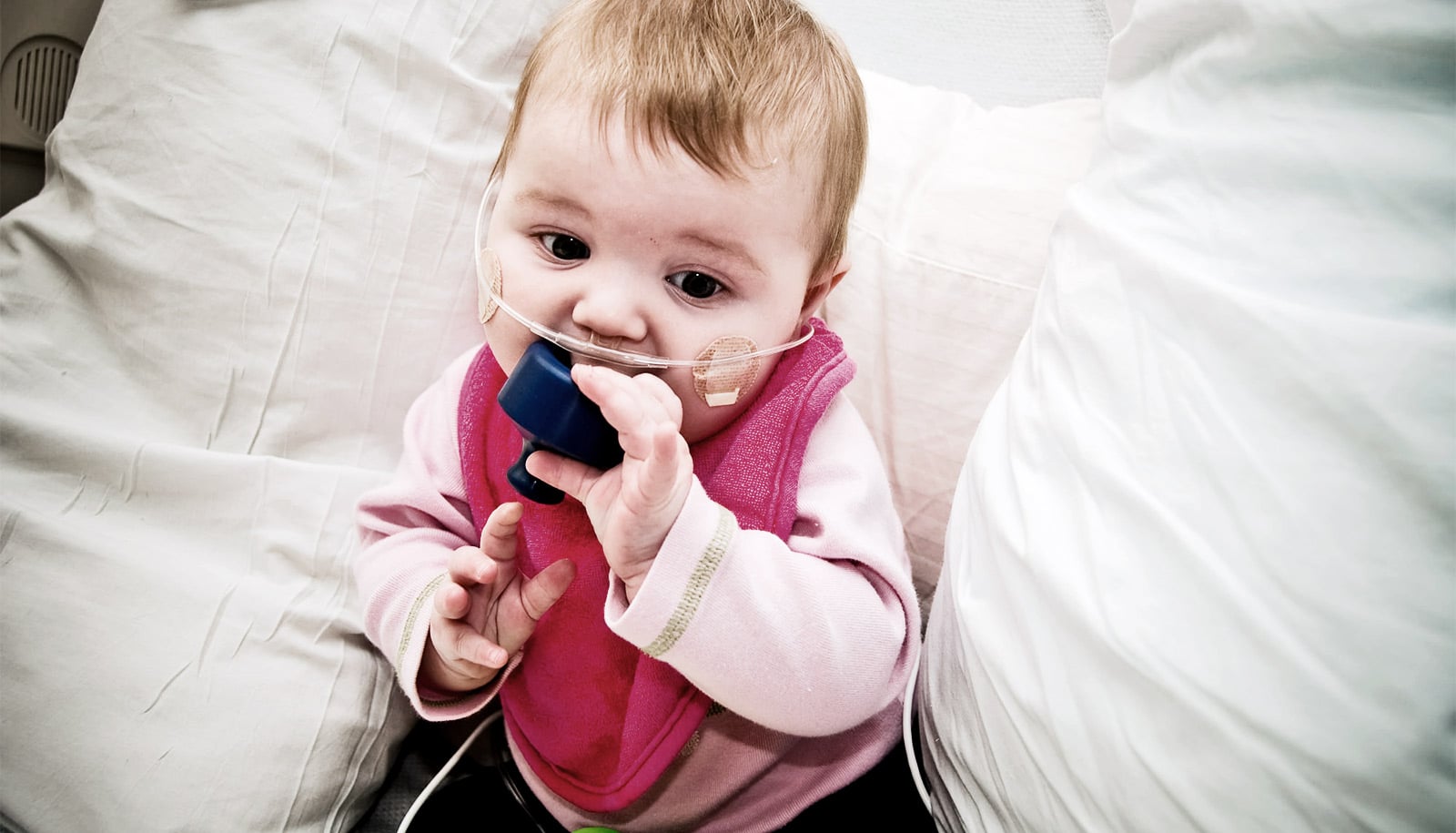What is RSV and why are infections surging? Experts have answers for you.
Here, University of Chicago Medicine doctors explain how to protect children and high-risk patients:
What is RSV?
Respiratory syncytial virus, often called RSV, is a common virus that can cause infections in the nose, throat, lungs, and respiratory tract. Historically, almost all children are infected with RSV by age 2, and re-infections are common at all ages.
RSV is a leading cause of hospitalization in infants. As of November 2022, cases of RSV and other respiratory illnesses—such as enterovirus, rhinovirus, and parainfluenza—are surging throughout the United States, placing many pediatric hospitals at full capacity. If your child needs emergency care, it may be helpful to check your local hospital wait times as you consider your options for care.
Why is RSV so bad this year?
RSV infections declined significantly during the peak of the COVID-19 pandemic. Due to masking and social distancing measures, young children were not exposed to common germs during this time.
As many return to schools and other public places without masks, germs and viruses are spreading as normal. However, with less built-up immunity, children are more vulnerable than usual.
People can catch RSV more than once, but the first time a child has an RSV infection, they are generally sicker than they are the next time. Because of COVID-19 prevention measures, we have one and two year olds who are just now having their first RSV infection.
This makes it even more important to pay attention to your child’s health, as well as those around them.
What are common symptoms of RSV in infants and children?
Common symptoms for RSV include:
- Runny nose
- Decreased appetite
- Coughing and wheezing
- Sneezing
- Fever
Most people will only experience mild symptoms and recover after one to two weeks. However, symptoms can be more severe for high-risk individuals, including:
- Very young children
- Older adults
- Anyone with chronic health problems
For premature babies, infants 6 months or younger, and children with weakened immune symptoms, RSV infection can lead to severe illness including bronchiolitis and pneumonia.
Symptoms of RSV in infants, younger than 6 months old, may include:
- A lack of hunger and activity
- Irritability
- Breathing problems
How is RSV different from COVID-19, a cold, or the flu?
RSV symptoms can be very similar to other contagious respiratory viruses. An RSV infection can often look very similar to a common cold, in particular. RSV infection can come in stages, so be on the lookout if symptoms worsen. This is a sign that you should contact a health care provider.
How does RSV spread?
The virus is highly contagious and can spread in a variety of ways, including:
- Droplets from a sneeze or cough of an infected person coming into contact with your eyes, nose, or mouth
- Touching a surface (like a counter) that is contaminated with the virus
- Making direct contact with the virus (such as kissing a loved one who has RSV)
What can you do to prevent RSV from spreading?
Thankfully, there are very important measures you can take to minimize the spread of RSV.
You can avoid spreading RSV if you:
- Practice proper hand hygiene and wash your hands regularly.
- Stay home when you have symptoms and avoid close contact with others if either of you are infected.
- Cover your coughs and sneezes and dispose of used tissues right away.
- Disinfect hard surfaces that are used often, especially if they have been touched by someone who’s feeling sick.
- Avoid touching your face.
How is RSV treated?
Similar to many other respiratory viruses, there is no specific treatment for managing the symptoms of an RSV infection. Over-the-counter fever and pain medication may be suitable for mild symptoms, but make sure to confirm that the product is safe for kids before giving it your child. Your child’s doctor can help identify safe medications and dosage. It is also important to drink plenty of fluids to avoid dehydration.
If symptoms start to worsen, your child’s healthcare provider can discuss the appropriate treatment. Children, especially young infants, may need to be hospitalized while they receive oxygen support and/or intravenous fluids to stay hydrated.
Symptoms of RSV usually go away after one to two weeks. Researchers are currently working on new medications and vaccines to aid in the fight against the virus.
Are there options for children at high risk? What is SYNAGIS?
SYNAGIS is a humanized monoclonal antibody that can help prevent hospitalization for children who are at high risk for severe RSV symptoms.
These monthly injections provide key antibodies that fight infection for at-risk groups, such as former premature infants and babies with certain lung and heart conditions.
Contact your child’s physician if you would like to learn more about SYNAGIS as a possible prevention method.
How can I keep those around us safe if my child or I contract RSV?
If you or your child are experiencing any RSV or cold-like symptoms:
- Stay home from school or call in sick from work until you recover.
- Social distance and avoid close contact with others.
- Place extra emphasis on all of the prevention tips above.
- Contact a health care provider if symptoms worsen.
When should I seek immediate medical care for my child who is experiencing RSV symptoms?
You should contact your child’s doctor immediately if you see any signs of the following severe symptoms:
- Wheezing, rapid breathing, nostril flaring, or the head bobbing while breathing (These may be signs of bronchiolitis.)
- Difficulty breathing
- A major decline in activity
- Dehydration
- Lips, skin, or tongue turning blue or gray
Source: University of Chicago



